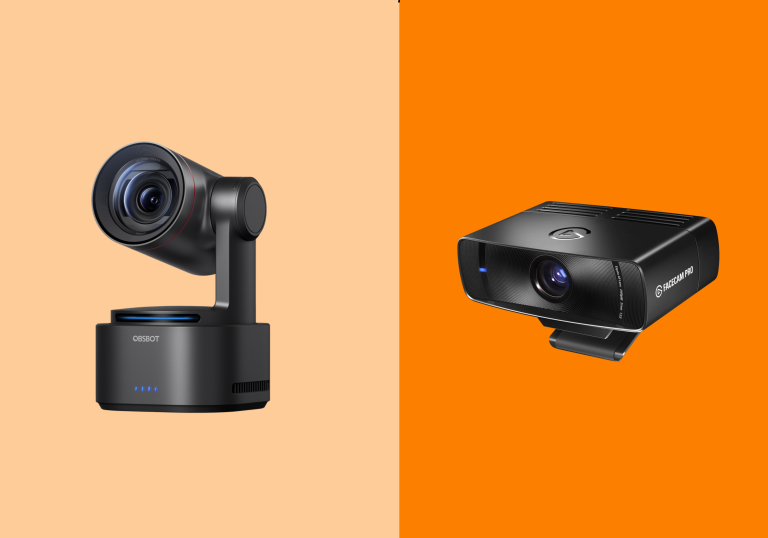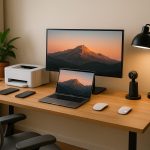College isn’t just “school, but harder.” It’s a full-on lifestyle shift. One minute you’re taking notes in a 9AM lecture, the next you’re editing a group project on Google Slides while juggling 20 Chrome tabs, Spotify, and maybe a sneaky Netflix window in the back. Between digital submissions, online research, last-minute Zoom calls, and occasional creative work like video editing or design, your laptop becomes your second brain — and the centerpiece of your home office setup. That cheap, slow device you dragged through high school? Yeah… it’s not going to cut it anymore. You need a machine that’s fast, reliable, and doesn’t melt down when you open more than three apps. In this guide, we’ve put together the best laptops for college that can handle late-night grinds, last-minute edits, and maybe even a little Netflix guilt — devices that can keep up with your full-on academic grind, not freeze halfway through it.
Top Picks Chosen with Care
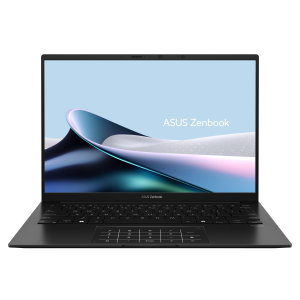
Top Laptop for College
Zenbook 14 UM3406KA
explore details
or

Best Laptop for college students
Acer Swift 14 AI Copilot+ PC
explore details
or
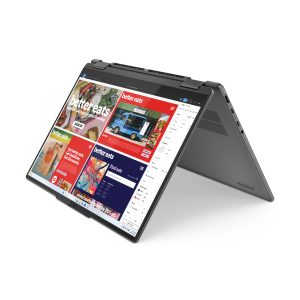
best budget laptop for college students
Lenovo Yoga 7 7i 2-in-1 Laptop
explore details
or
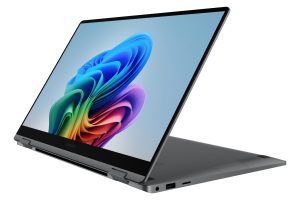
Convertible Laptop for college students
Galaxy Book5 360 Copilot+ PD
explore details
or
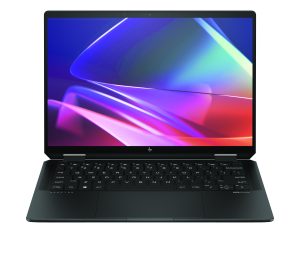
high performance laptop for College
HP Spectre x360 14inch 2-in-1
explore details
or
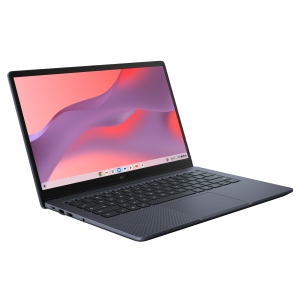
best budget laptop for college students under $500
ASUS Chromebook Plus CX14
explore details
or
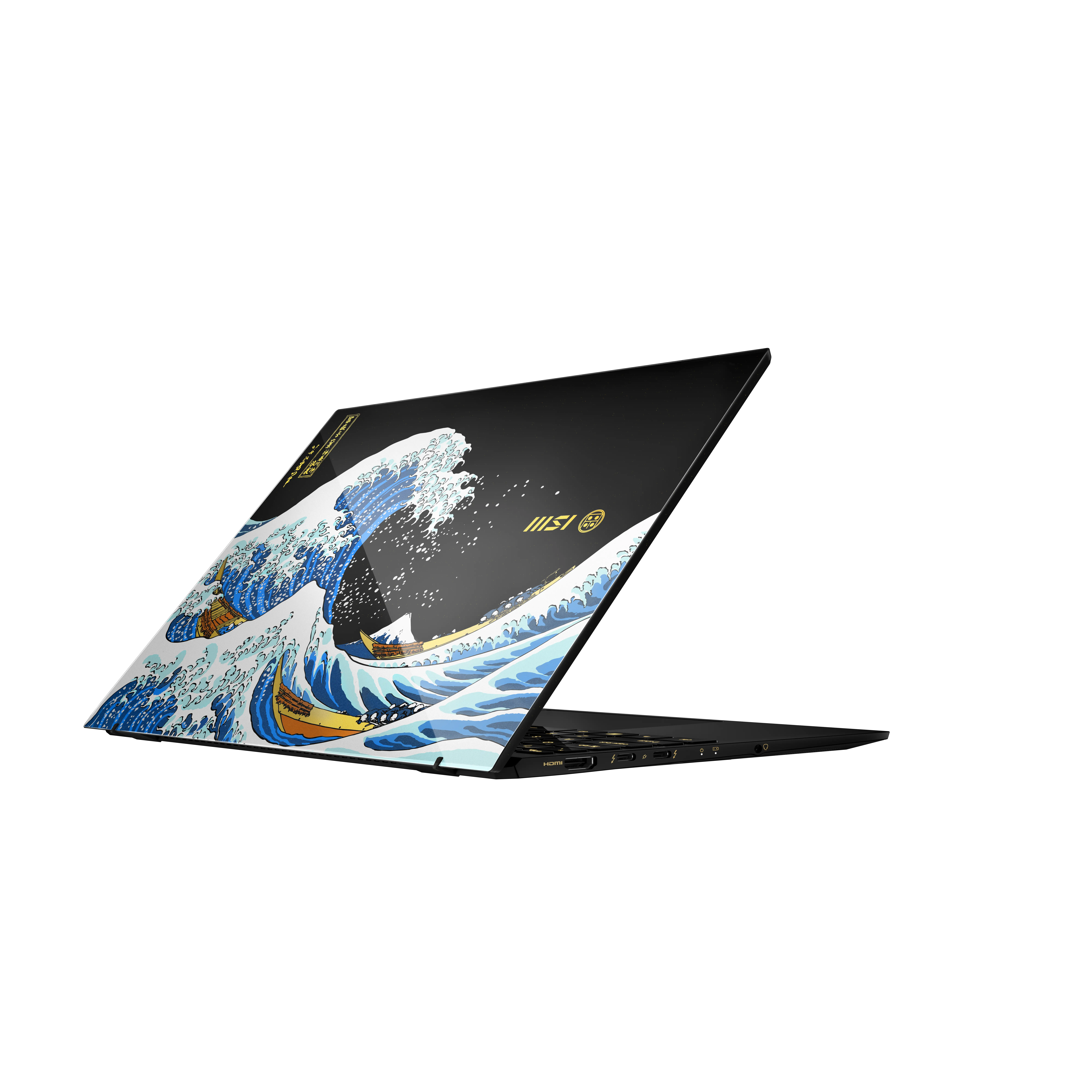
Lightweight Powerhouse for College Students
MSI Prestige 13
explore details
or
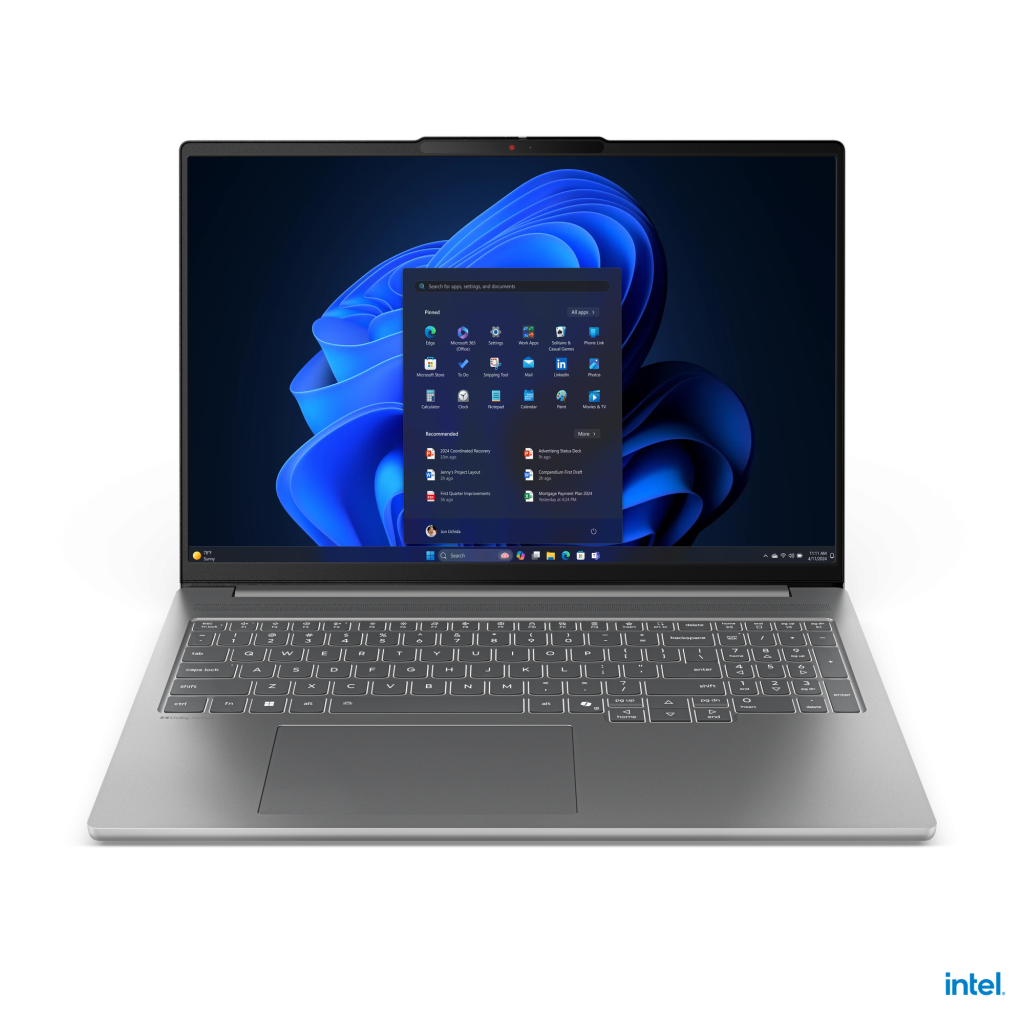
All-Around Productivity Laptop with a Pro-Level Edge
Lenovo IdeaPad Pro 5i
explore details
or
In-Depth Look: Top Picks Chosen with Care
We research each product thoroughly before featuring it — using trusted reviews and expert sources, not direct testing. Some links may earn us a commission, helping keep the site free for readers
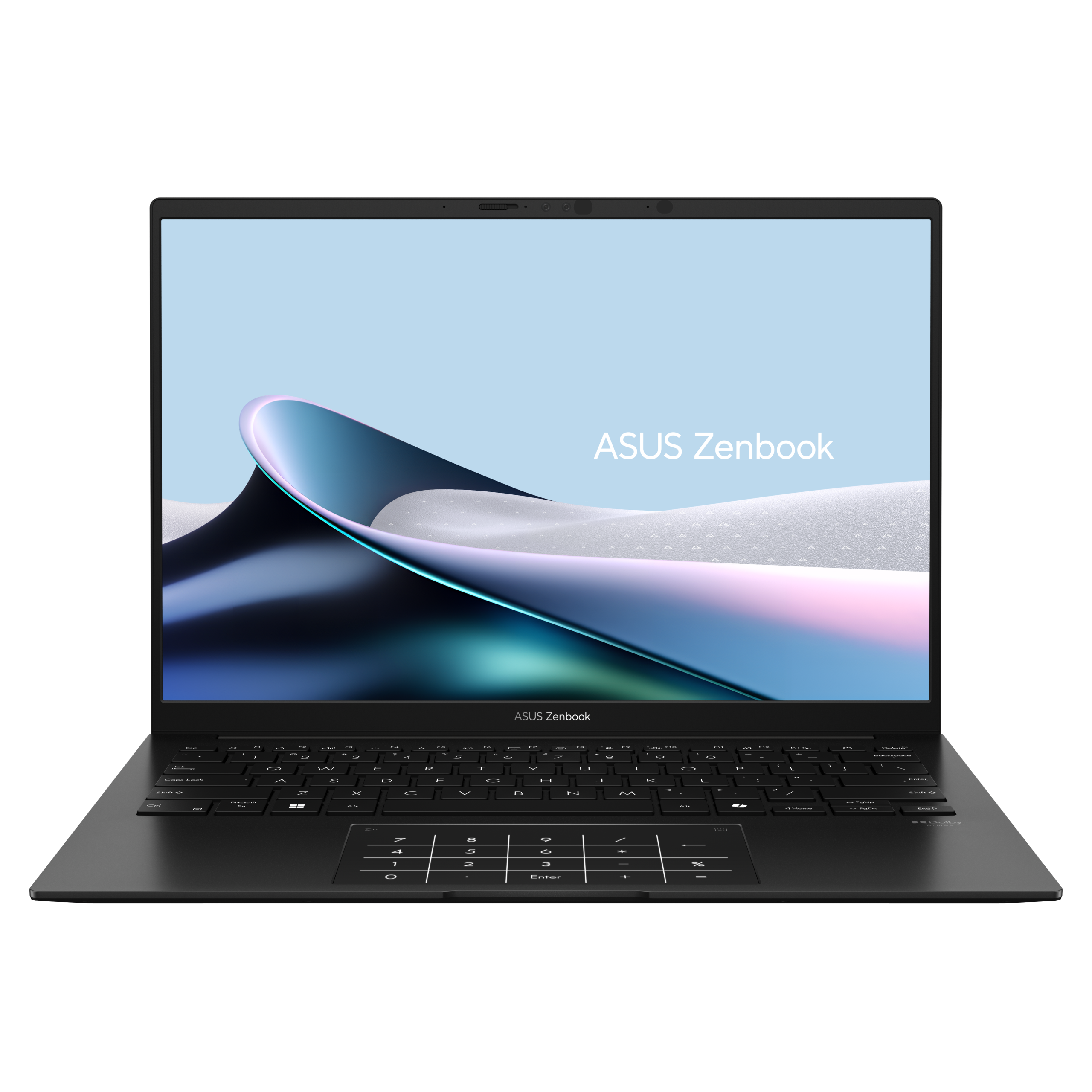
top laptop for college
ASUS Zenbook 14
| Processor | AMD Ryzen 7 7730U or Ryzen 5 7530U (8 cores, 16 threads) |
| Graphic | Integrated AMD Radeon Graphics |
| Display | 14-inch 1920×1200 (WUXGA), 16:10, 400 nits, 100% sRGB |
| RAM | 32GB LPDDR5X (soldered) |
| Storage | 512GB or 1TB PCIe Gen 4 SSD |
| Battery | 75Wh, up to ~15 hours claimed battery life |
| Weight | Approx. 1.2 kg (2.9 lbs) |
| Build | Aluminum chassis, MIL-STD-810H certified |
| Keyboard | Backlit with fingerprint power button combo |
| Webcam | 1080p FHD webcam with IR (Windows Hello) |
| Ports | 1x USB 3.2 Gen 1 Type-A (data speed up to 5Gbps); 1x USB 3.2 Gen 2 Type-C with support for display / power delivery (data speed up to 10Gbps); 1x USB 4.0 Gen 3 Type-C with support for display / power delivery (data speed up to 40Gbps); 1x HDMI 2.1 TMDS; 1x 3.5mm Combo Audio Jack |
| Audio | Dolby Atmos stereo speakers by Harman/Kardon |
| Connectivity | Wi-Fi 6E and Bluetooth 5.2 |
| OS | Windows 11 Home |
The ASUS Zenbook 14 UM3406KA earns its spot as a top college laptop not by trying too hard, but by getting the essentials exactly right. It’s sleek, impressively light, and built for the kind of day that starts in a lecture hall and ends at a coffee shop. With AMD’s efficient Ryzen chip inside, it handles essays, spreadsheets, research tabs, and Zoom calls without a hiccup—and it does it quietly, without turning into a space heater. The 14-inch display is sharp and easy on the eyes, especially with its tall 16:10 layout that’s perfect for reading and writing. Battery life? It’ll last through back-to-back classes with juice to spare. Add a premium aluminum build, a fingerprint-ready power button, and a keyboard that’s made for late-night typing sessions, and you’ve got a machine that feels purpose-built for student life—not flashy, just seriously well thought out.
| Pros | Cons |
|---|---|
| Lightweight and ultra-portable design | RAM is soldered and non-upgradable |
| Excellent battery life for all-day use | Integrated graphics—not suitable for gaming or heavy creative work |
| Sharp 14″ 16:10 display, ideal for reading and multitasking | No Thunderbolt support (due to AMD platform) |
| Strong everyday performance with Ryzen 7000 series | |
| Premium aluminum build with military-grade durability | |
| Backlit keyboard with Windows Hello support |
Since this ultra-portable laptop combines a premium aluminum build with a sharp 16:10 display and the quiet efficiency of AMD’s latest processor, it naturally fits into the rhythm of college life. It’s built for students who need to move quickly between lectures, group projects, and solo study sessions—offering just the right balance of performance and battery endurance to stay productive without tethering to an outlet. With fast storage, a comfortable backlit keyboard, and a reliable 1080p webcam, it’s especially suited to majors like business, communications, psychology, and general sciences—students who rely on digital tools for research, writing, and collaboration. While it won’t satisfy the demands of creative-heavy fields or gaming, it’s exactly the kind of sleek, dependable machine a focused, multitasking student can count on from day one to graduation.
get it now
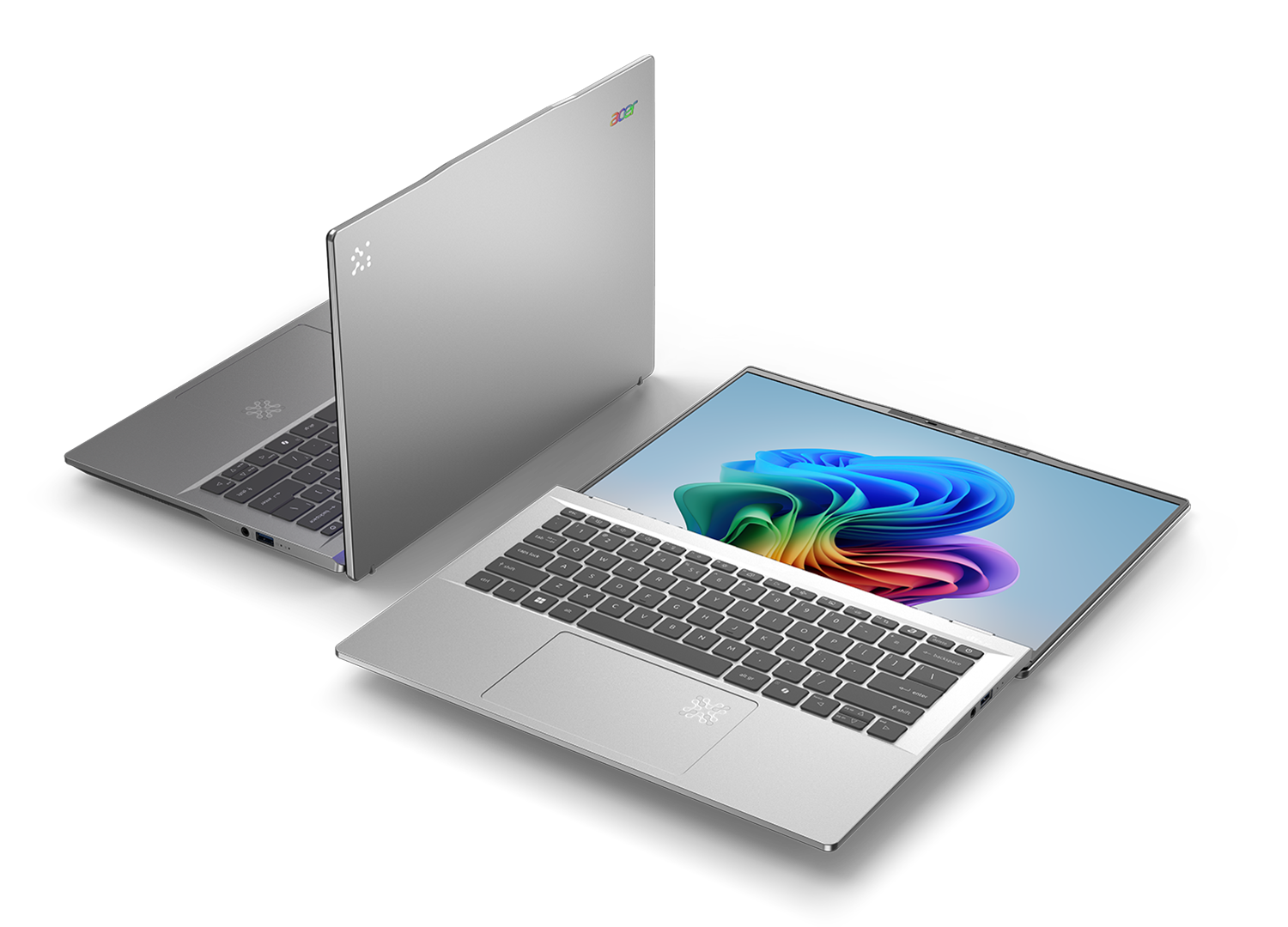
best laptop for college
Acer Swift 14 AI Copilot+ PC
| Processor (SoC) | Qualcomm Snapdragon X Elite (12-core) or Snapdragon X Plus (10-core) |
| AI Engine | Integrated Hexagon NPU with up to 45 TOPS performance |
| Operating System | Windows 11 Home / Pro (Copilot+ PC enhanced features) |
| Display | 14.5″ IPS LCD, 2.5K (2560 x 1600), 120Hz refresh rate, 500 nits brightness |
| Aspect Ratio | 16:10 |
| Memory (RAM) | 16 GB / 32 GB LPDDR5X (soldered) |
| Storage | 512 GB / 1 TB PCIe Gen 4 NVMe SSD |
| GPU | Integrated Adreno GPU |
| Battery Life | Up to 18 hours (claimed), 3-cell 75 Wh Li-ion |
| Charging | USB-C 65W fast charging |
| Webcam | 1440p QHD IR camera with Windows Studio Effects (AI-enhanced) |
| Audio | DTS Audio, dual stereo speakers |
| Ports | 1 × USB-C 3.2 Gen 2 (charging + display) 1 × USB-A 3.2 Gen 1 1 × HDMI 2.1 1 × 3.5mm combo audio jack MicroSD card reader |
| Wireless | Wi-Fi 7, Bluetooth 5.4 |
| Biometrics | Windows Hello IR camera (no fingerprint sensor) |
| Build | Aluminum chassis, CNC-machined, eco-friendly materials |
| Color Options | Steel Gray |
| Dimensions | ~0.59 inches (14.95 mm) thin, ~2.82 lbs (1.28 kg) |
| Notable Features | – Copilot+ AI features – Recall, Live Captions, Cocreator – Fanless (silent) design |
We’ve looked closely at what the new wave of AI-powered laptops offer, and this one stands out as one of the most practical choices for college students right now. Based on everything we’ve seen—specs, real-world demos, and early reviews—it hits the sweet spot between portability, battery life, and genuinely useful AI features. The fanless design makes it perfect for quiet spaces like libraries or lecture halls, and the built-in Recall feature in Windows can help pull up notes, documents, or slides even if you forgot to save them. That kind of tool could easily become a lifesaver during busy semesters. Add in the sharp 2.5K screen, future-proof Wi-Fi 7, and solid build quality, and we think this is one of the most student-ready laptops out there right now—even if it’s not the cheapest.
| Pros | Cons |
|---|---|
| Powerful Snapdragon X Elite or Plus chip with advanced AI capabilities | Some legacy apps may run slower due to ARM-based architecture |
| Excellent battery life, up to 18 hours on a single charge | Memory is soldered, so no post-purchase upgrade possible |
| High-resolution 2.5K display with 120Hz refresh rate | No fingerprint sensor, only IR facial recognition |
| Completely fanless design for silent operation | |
| Premium, lightweight aluminum build ideal for portability |
The Acer Swift 14 AI is ideal for students who need a sleek, lightweight machine that doesn’t skimp on performance. Thanks to its Snapdragon X processor and all-day battery life, it’s perfect for juggling lectures, assignments, and creative projects on the go. Its premium build and AI-enhanced features like smart noise cancellation and quick app launching make it one of the best laptops for college—especially for those in tech, design, or media programs who want a future-forward device that can keep up with their busy academic life.
get it now

best budget laptop for college students
Lenovo Yoga 7 7i 2-in-1 Laptop
| Processor | 13th Gen Intel Core i5-1335U or i7-1355U |
| Graphic | Integrated Intel Iris Xe Graphics |
| RAM | 8GB or 16GB LPDDR5 (soldered) |
| Storage | 512GB or 1TB PCIe Gen 4 SSD |
| Display | 14″ WUXGA (1920 x 1200) IPS Touchscreen, 16:10 aspect ratio, Dolby Vision |
| Refresh Rate | 60Hz |
| Battery Life | Up to 15 hours (real-world ~10–12 hours) |
| Weight | Approx. 3.2 lbs (1.45 kg) |
| Build | Aluminum chassis, 360° hinge (convertible) |
| Ports | 2x Thunderbolt 4, 2x USB-A 3.2, HDMI, headphone jack, microSD card reader |
| Webcam | 1080p FHD with privacy shutter and IR for Windows Hello |
| Audio | Front-facing Dolby Atmos speakers |
| OS | Windows 11 Home |
We’ve gone through what the Yoga 7i offers, and it really earns a spot on the list for students and hybrid workers who want flexibility without giving up power. What makes it stand out is the 2-in-1 design—it works just as well for typing up essays as it does for sketching, note-taking, or watching lectures in tablet mode. Based on its specs and real-world feedback, the 13th Gen Intel Core i5 or i7 gives it more than enough muscle for multitasking, light creative work, and even some casual gaming. The touchscreen is sharp and vibrant, battery life holds up for a full day, and Lenovo’s build quality continues to be a strong point. For anyone who switches between classes, coffee shops, and streaming on the couch, this is a reliable all-rounder that covers all the bases.
| Pros | Cons |
|---|---|
| Versatile 2-in-1 design with responsive touchscreen and pen support | RAM is soldered and not upgradeable |
| Strong performance for everyday work, media, and multitasking | Glossy screen can reflect glare in bright environments |
| Great port selection including Thunderbolt 4 and HDMI | Heavier than some other 14″ ultraportables |
| Excellent keyboard and trackpad experience | 60Hz refresh rate—less ideal for gamers or creative pros needing high FPS |
| Long battery life with fast charging support |
The Yoga 7i is best for students who want a flexible, all-in-one laptop that doesn’t box them into a single workflow. Its 2-in-1 convertible design is especially useful for design students, art majors, or even note-takers who prefer to write or sketch by hand using a stylus. If you’re studying something that involves reading PDFs, flipping through diagrams, or presenting on the go—like education, architecture, or business—being able to switch between laptop and tablet modes is a real bonus. Under the hood, the 13th Gen Intel Core i5 or i7 gives it enough power for students in communications, coding bootcamps, or media-related programs who may be juggling 15 Chrome tabs, video calls, and creative apps at once. And since it’s priced in the upper mid-range—not cheap, but not premium either—it’s ideal for students who want a quality machine that lasts a few years, but still need to stay under $1,000. It’s not for hardcore gamers or video editors, but for most college majors, it’s right in the sweet spot.
get it now
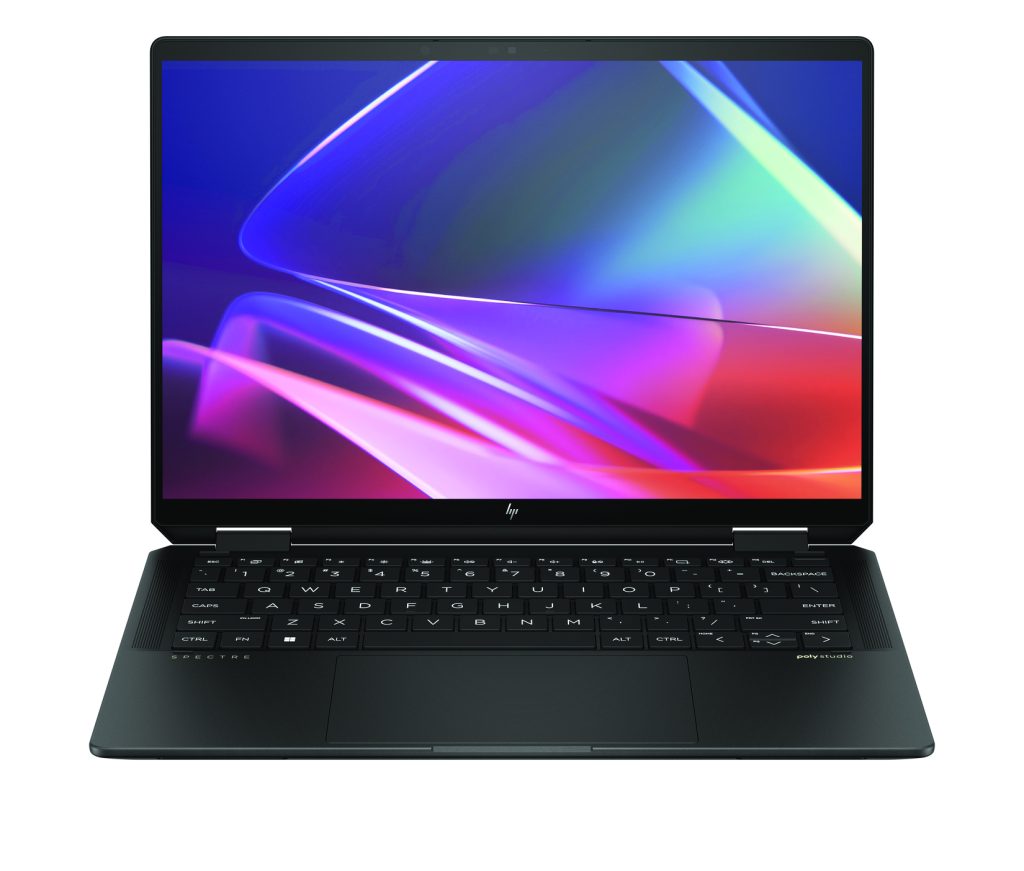
best laptop for college
HP Spectre x360 14inch 2-in-1
| Processor Options | Intel Core Ultra 5 125H or Core Ultra 7 155H |
| GPU | Integrated Intel Arc Graphics |
| RAM | 16GB LPDDR5x (soldered) |
| Storage | 512GB or 1TB PCIe Gen 4 SSD |
| Display Options | 14″ 2.8K OLED (2880 x 1800), Touchscreen, 16:10, 120Hz |
| Battery Life | Up to ~13–15 hours (real-world 9–12 hours) |
| Weight | Approx. 3.19 lbs (1.45 kg) |
| Build | CNC aluminum chassis, 360° hinge, stylus included |
| Ports | 2x USB-C Thunderbolt 4, 1x USB-A, 3.5mm jack, microSD card reader |
| Webcam | 9MP IR Camera with Windows Hello + Privacy Shutter |
| Audio | Quad Bang & Olufsen speakers |
| OS | Windows 11 Home |
We’ve looked at what the Spectre x360 brings to the table, and it’s clearly aimed at students or professionals who want premium feel, serious power, and the flexibility of a 2-in-1 design. The build quality stands out immediately—it feels high-end, with a sleek aluminum chassis and sharp, gem-cut edges that don’t just look good but feel solid in hand. What really sets it apart is the OLED display option, which makes streaming, editing, or reading for long stretches much easier on the eyes. Performance-wise, the latest Intel Core Ultra chips paired with integrated Arc graphics make it more than capable of handling multitasking, creative workloads, and casual gaming. It’s not just about performance either—battery life is strong, and the keyboard and trackpad are among the best in its class. For users who want both form and function, this 2-in-1 makes a strong case.
| Pros | Cons |
|---|---|
| Premium OLED display with vibrant colors and 120Hz refresh rate | On the pricier side for students |
| Strong performance with Intel Core Ultra + Arc graphics | RAM is soldered and not upgradeable |
| Sleek, solid aluminum build with elegant design | Can get warm under heavier loads |
| Excellent keyboard, touchpad, and stylus input | Slightly heavier than other ultraportables |
| Solid battery life and fast charging support |
The HP Spectre x360 14″ is best suited for students, creatives, and professionals who want a laptop that feels high-end and works just as well in a classroom as it does in a creative studio or remote office. The 2-in-1 design is great for design majors, digital artists, or students in business or liberal arts who like to annotate PDFs, sketch ideas, or work comfortably in tablet mode during lectures. The OLED touchscreen is perfect for streaming, reading, and photo/video work, while the Intel Core Ultra chip with integrated Arc graphics has enough power to handle heavier tasks like light editing, creative software, or lots of multitasking. It’s not a budget pick—it’s best for users who are willing to invest more upfront for something that feels premium, lasts longer, and stays relevant over time.
get it now
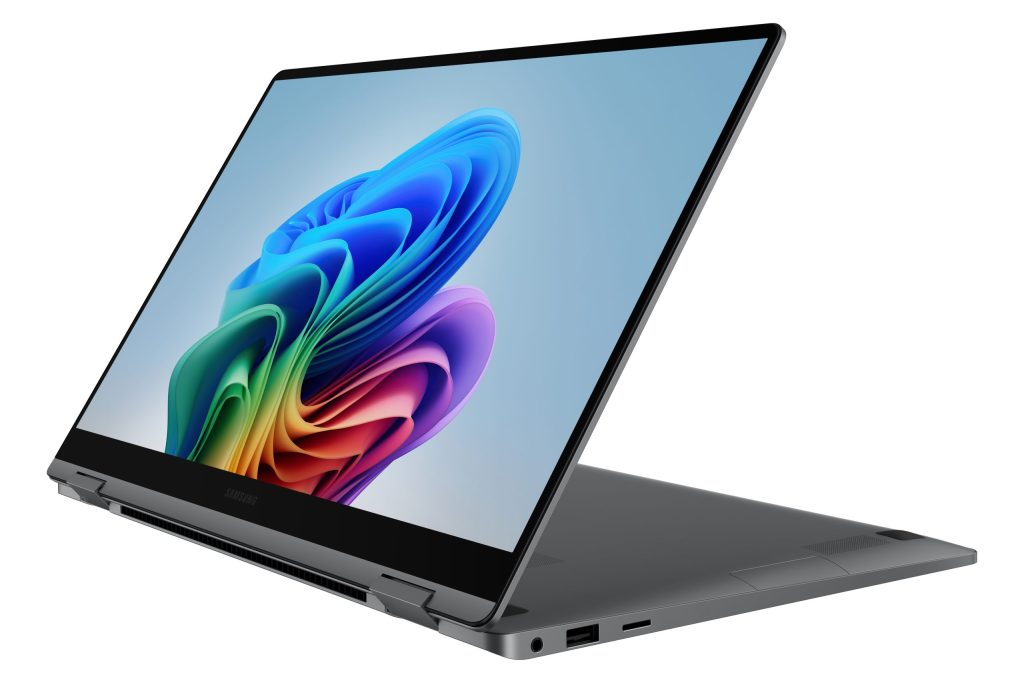
best laptop for college
Galaxy Book5 360
| Processor | Intel Core Ultra 5 125H or Ultra 7 155H |
| GPU | Integrated Intel Arc Graphics |
| RAM | 16GB LPDDR5x |
| Storage | 512GB or 1TB NVMe SSD |
| Display | 14″ FHD+ (1920 x 1200) AMOLED Touchscreen, 16:10 |
| Refresh Rate | 60Hz |
| Battery Life | Up to ~18 hours (real-world ~12–14 hours) |
| Weight | Approx. 2.56 lbs (1.16 kg) |
| Build | Aluminum chassis, 360° hinge, stylus support |
| Ports | 2x USB-C (1x Thunderbolt 4), 1x USB-A, HDMI, headphone jack, microSD |
| Webcam | FHD 1080p with Studio Effects and dual mics |
| Audio | AKG-tuned stereo speakers, Dolby Atmos |
| OS | Windows 11 Home |
We’ve seen a lot of 2-in-1 laptops try to blend performance with portability, but the Galaxy Book5 360 does it in a way that feels genuinely polished. Samsung leans into its ecosystem here—if you’re already using a Galaxy phone or tablet, the seamless integration across devices is a big win. You can drag files between screens, use your tablet as a second display, or even sync notes effortlessly. But even on its own, this laptop offers a sharp AMOLED touchscreen, solid battery life, and enough performance with Intel Core Ultra chips to handle everything from streaming and note-taking to photo editing and multitasking-heavy sessions. It’s lightweight, understated, and doesn’t feel like it’s trying too hard—just quietly efficient, especially for those who want a simple, reliable device that does a bit of everything well.
| Pros | Cons |
|---|---|
| Lightweight and ultra-portable design | Display is 60Hz—not ideal for gamers or high-refresh workflows |
| AMOLED touchscreen is vibrant and easy on the eyes | Limited upgradeability (RAM is soldered) |
| Great battery life with fast charging | Fan can get noticeable under heavier workloads |
| Strong Galaxy ecosystem integration (second screen, file sync, etc.) | Not as performance-focused as similarly priced clamshell laptops |
| Solid feature set for the price |
The Galaxy Book5 360 is best for students and working professionals who value portability, versatility, and a strong device ecosystem. If you’re a Galaxy smartphone or tablet user, this laptop fits seamlessly into your workflow—think drag-and-drop between devices, second screen support, and synced apps like Samsung Notes. The AMOLED screen is a huge bonus for design or media-focused students, making it ideal for visual work, light content creation, and all-day studying without eye strain. It’s also well-suited for communications or business majors who need something stylish, travel-friendly, and powerful enough to handle long Zoom calls, document editing, and research-heavy multitasking. While it’s not a performance machine for intense creative work or gaming, it nails the needs of someone who wants a thin, capable laptop that just quietly gets the job done—with flair.
get it now
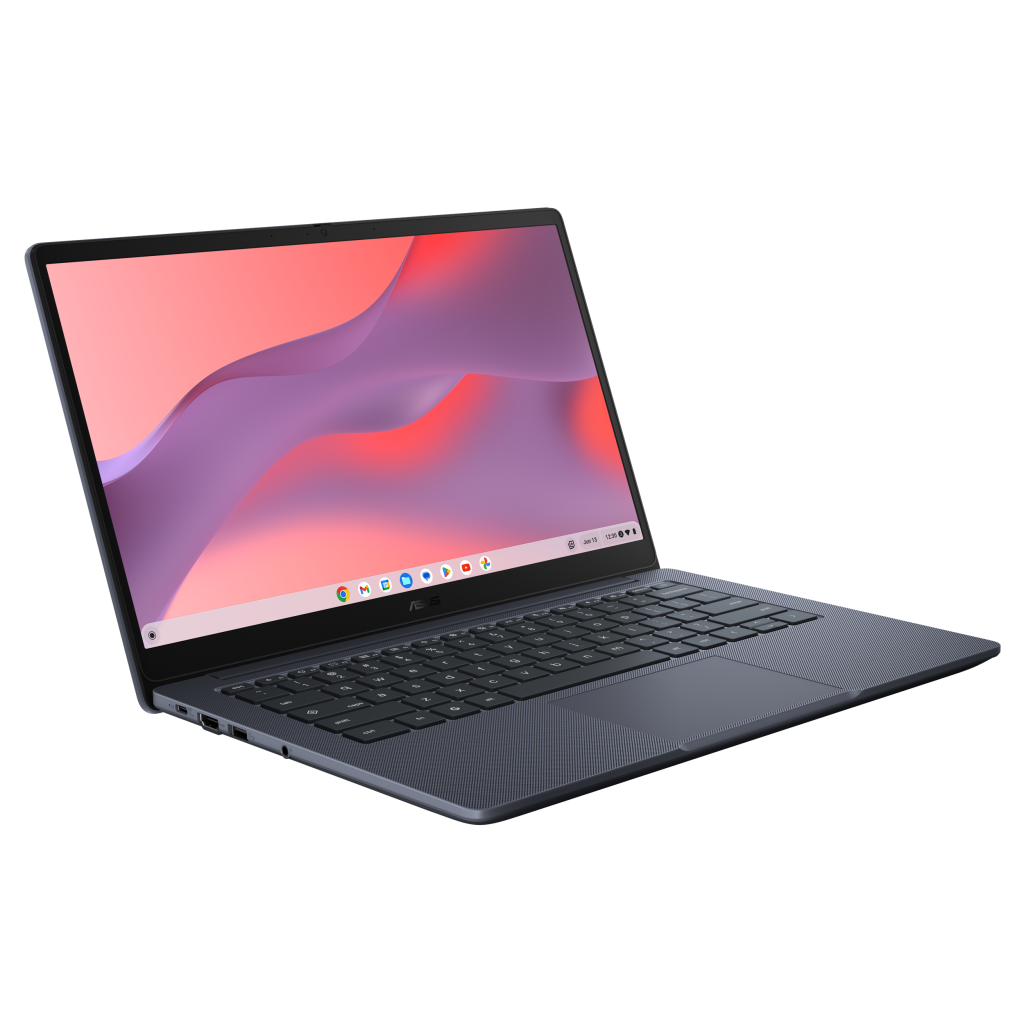
best laptop for college
ASUS Chromebook Plus CX34
| Processor | Intel Core i3-1215U (6 cores, 8 threads) |
| GPU | Integrated Intel UHD Graphics |
| RAM | 8GB LPDDR5 |
| Storage | 128GB UFS or 256GB PCIe SSD (model-dependent) |
| Display | 14″ FHD (1920 x 1080) Anti-glare, 16:9, 250 nits |
| Refresh Rate | 60Hz |
| Battery Life | Up to ~10 hours |
| Weight | Approx. 3.17 lbs (1.44 kg) |
| Build | Plastic chassis with MIL-STD 810H durability rating |
| Ports | 2x USB-C, 1x USB-A, HDMI, headphone jack, microSD card slot |
| Webcam | 1080p FHD with AI tools (background blur, lighting adjust, noise suppression) |
| Audio | Stereo speakers, built-in mic |
| OS | ChromeOS (with Chromebook Plus enhancements) |
We know Chromebooks aren’t everyone’s first pick—but the Chromebook Plus CX34 genuinely surprised us with how much value it packs in for the price. It’s one of those laptops that feels like a real step up from the ultra-basic models. With a 12th Gen Intel Core i3 and 8GB RAM, it’s way more capable than older Chromebooks, especially if you’re juggling docs, video calls, and dozens of Chrome tabs. The 1080p webcam is sharp, the keyboard feels good for typing long papers, and the overall build has a clean, functional look that doesn’t scream “budget laptop.” Plus, it’s got that “Plus” certification from Google, which means you get extra AI tools, better video calling features, and automatic software smarts baked in. If you’re living in Google Drive, this one makes a lot of sense.
| Pros | Cons |
|---|---|
| Snappy performance for a Chromebook | Not ideal for heavy software or offline workflows |
| High-quality 1080p webcam with AI calling tools | Plastic build feels a bit basic |
| Good keyboard and solid port selection | Display is functional but not very bright |
| Excellent integration with Google Workspace | Limited internal storage |
| Budget-friendly but still meets Chromebook Plus standards |
The ASUS Chromebook Plus CX34 is perfect for students who live inside Google Workspace—whether you’re writing papers in Docs, collaborating on Slides, or juggling assignments in Google Classroom. It’s especially great for high school or early college students who don’t need Windows apps but want something more responsive and capable than those bare-minimum Chromebooks schools usually hand out. The 1080p webcam and AI enhancements also make it ideal for students taking remote classes or hopping on video calls regularly. And since it’s priced affordably (usually under $400), it’s accessible for students on a tighter budget who still want a laptop that feels reliable and quick. If you’re someone who does everything online and wants less hassle with updates, viruses, or long setup times, this is one of the easiest laptops to recommend.
get it now

Lightweight Powerhouse for College Students
MSI Prestige 13
| CPU | Intel Core Ultra 5 125H / Ultra 7 155H |
| GPU | Integrated Intel Arc Graphics |
| RAM | 16GB LPDDR5x (onboard) |
| Storage | 512GB–1TB PCIe Gen 4 SSD |
| Display | 13.3″ 2.8K OLED (2880 x 1800), 100% DCI-P3 |
| Battery | 75Wh, up to 15–16 hours typical use |
| Weight | ~2.18 lbs (990g) |
| Ports | 2x Thunderbolt 4, 1x USB-A 3.2, HDMI, audio |
| Build | Magnesium alloy chassis, MIL-STD-810H rated |
The MSI Prestige 13 AI Evo stands out as one of the lightest and most refined 13-inch productivity laptops released in 2024. Weighing just around 990 grams (2.18 lbs), it doesn’t skimp on power — thanks to Intel’s Core Ultra 5 or Ultra 7 processors built on the latest AI-optimized Meteor Lake platform. With a vibrant 2.8K OLED display, Evo certification, long battery life, and high-speed ports, it delivers a premium ultrabook experience without tipping the scale or your budget. It’s ideal for those who demand high performance in an ultra-portable package, whether you’re a student, remote worker, or creative multitasker.
| Pros | Cons |
|---|---|
| Featherweight yet durable build | RAM is not upgradeable |
| Stunning 2.8K OLED screen | No discrete GPU option |
| Long battery life with fast charging | Slightly expensive for the size |
| Thunderbolt 4 and HDMI in a 13″ form factor | Limited keyboard travel |
| Evo-certified for fast, responsive performance | Color options are minimal |
The MSI Prestige 13 AI Evo is best for college students, digital nomads, and professionals who need a highly portable laptop with great screen quality and reliable speed. If you’re constantly on the move — whether between classes or client meetings — and care about build quality, battery life, and future-proof ports, this machine makes a compelling case. It’s also a standout choice for those who want AI-capable hardware without stepping into gaming laptop territory.
get it now

All-Around Productivity Laptop with a Pro-Level Edge
Lenovo IdeaPad Pro 5i
| CPU | Intel Core Ultra 5 125H / Ultra 7 155H |
| GPU | Intel Arc / NVIDIA GeForce RTX 3050 / 4050 |
| RAM | 16GB LPDDR5x (soldered) |
| Storage | 512GB – 1TB PCIe Gen 4 SSD |
| Display | 16″ 2.5K (2560 x 1600), 120Hz, 100% sRGB |
| Battery | 75Wh, up to 10–12 hours typical use |
| Weight | ~4.2 lbs (1.9 kg) |
| Build | Aluminum chassis with MIL-STD-810H durability |
| Ports | 2x USB-C (1x Thunderbolt 4), HDMI, SD card, USB-A, audio jack |
The Lenovo IdeaPad Pro 5i hits that rare sweet spot where solid performance, sleek design, and a reasonable price align. Equipped with up to Intel Core Ultra 7 (Meteor Lake) processors and RTX 4050 GPU options, it’s surprisingly capable for creative workflows, 3D modeling, light gaming, and everyday multitasking. The 16:10 2.5K display with 100% sRGB coverage is a standout in this price class, making it a productivity-first machine that feels more premium than its midrange label suggests. For users who want a laptop that can do it all without breaking the bank, this one’s a no-brainer.
| Pros | Cons |
|---|---|
| Great performance for the price | Slightly bulky for a “Pro” laptop |
| RTX GPU options in a non-gaming chassis | RAM is soldered |
| 120Hz 2.5K display with full sRGB coverage | No touchscreen option |
| Generous port selection including SD card slot | Fan noise under load |
| Premium build without premium pricing | No per-key RGB (if you care about that) |
The IdeaPad Pro 5i is perfect for students in engineering or media programs, freelance creators, and multitaskers who need solid CPU+GPU power but want a laptop that still looks sleek and professional. It’s especially good for anyone who juggles school, work, and light content creation — or just wants a future-ready machine without the gamer aesthetic or price tag.
get it now
Laptop Buying Guide for College Students
Buying a laptop for college isn’t just about performance—it’s about finding the right fit for your major, workload, and budget. Whether you’re writing papers, hopping on video calls, editing videos, or just streaming shows between classes, here’s a straightforward guide to help you pick the right machine without getting lost in the jargon.
Processor
This is the brain of your laptop. For most students, an Intel Core i5 (13th Gen or newer) or AMD Ryzen 5 (7000 series or newer) is more than enough. These chips can handle multitasking, video calls, papers, and casual editing without breaking a sweat.
If you’re in a field like engineering, computer science, or media production, consider stepping up to a Core i7 or Ryzen 7 for smoother performance with heavier software.
Avoid entry-level processors like Celeron, Pentium, or old Core i3 models—they’ll slow you down quickly and won’t age well.
Graphics
Most students don’t need a dedicated GPU. Integrated graphics like Intel Iris Xe or AMD Radeon are fine for streaming, presentations, and light creative work.
If you’re majoring in design, video production, architecture, or game development, look for a laptop with a dedicated GPU like the NVIDIA GeForce RTX 3050 or higher. These can handle rendering, 3D modeling, and some light gaming.
For everyone else, built-in graphics save battery, reduce heat, and keep costs down.
RAM
At a minimum, go for 8GB of RAM. That’s enough for web-based work, multitasking, and running school apps without lag.
If your workflow involves heavier programs like Photoshop, AutoCAD, or multiple virtual desktops, 16GB will make a big difference. It also future-proofs your laptop for longer use.
If possible, choose a model that allows RAM upgrades later.
Storage
Always pick a solid-state drive (SSD) over an older hard drive—it boots faster, launches apps quicker, and doesn’t slow down over time.
256GB is the minimum you should consider. It’s fine for school files, apps, and occasional media. If you plan to store large files like videos or design projects, go for 512GB.
You can also supplement with cloud storage or an external drive if needed.
Display
A good screen makes a difference when you’re staring at it for hours. 14 to 15.6 inches is ideal for portability and comfort. Look for a Full HD resolution (1920 x 1080) for sharp, clear text and images.
If you’re in a visual field or just want better quality, a 2K or OLED panel offers deeper contrast and more vibrant colors. That said, for most students, a solid 1080p IPS display is more than enough.
Battery life
Battery life can make or break your day, especially if you move between classes and study spots.
Look for 8 hours or more of real-world battery life. Avoid relying on manufacturer estimates—read reviews or product tests when possible. Ultrabooks and Chromebooks usually last longer, while gaming laptops tend to drain faster.
If you’re on campus all day, strong battery life is worth prioritizing.
Keyboard, webcam, and ports
These details are often overlooked but make daily use much easier.
Keyboard: Comfortable, full-sized keys with decent travel are essential if you type a lot. Backlit keys are useful in dim lecture halls or late-night study sessions.
Webcam: A 1080p webcam is ideal for clear video calls. Some models offer AI features like background blur or auto-lighting.
Ports: Look for at least one USB-C and one USB-A, plus HDMI if you need to present. A microSD slot is handy for extra storage, and a headphone jack is still nice to have.
Price
Budget matters—here’s what you can expect in each range:
$300–$500: Basic Chromebooks or entry-level Windows laptops. Best for note-taking, streaming, and Google-based work. Stick to models with 8GB RAM and SSD storage.
$600–$900: The best value for most students. Expect smooth performance with solid build quality and enough power for everything short of creative-heavy majors.
$1000+: Premium laptops with high-end designs, longer battery, and better displays. Ideal for students in design, development, or anyone who wants a long-term investment.
Think about your real workload, not just the specs. If your day-to-day involves essays, research, and Google Meet calls, you don’t need top-tier hardware. But if you’re launching heavy programs or juggling creative tools, spending more upfront pays off.
Get a laptop that suits your major and lifestyle—something you can rely on during finals week, but also chill with when the work’s done. Aim for balanced specs, future-proof features, and battery life that lets you roam. You’ll thank yourself later.





